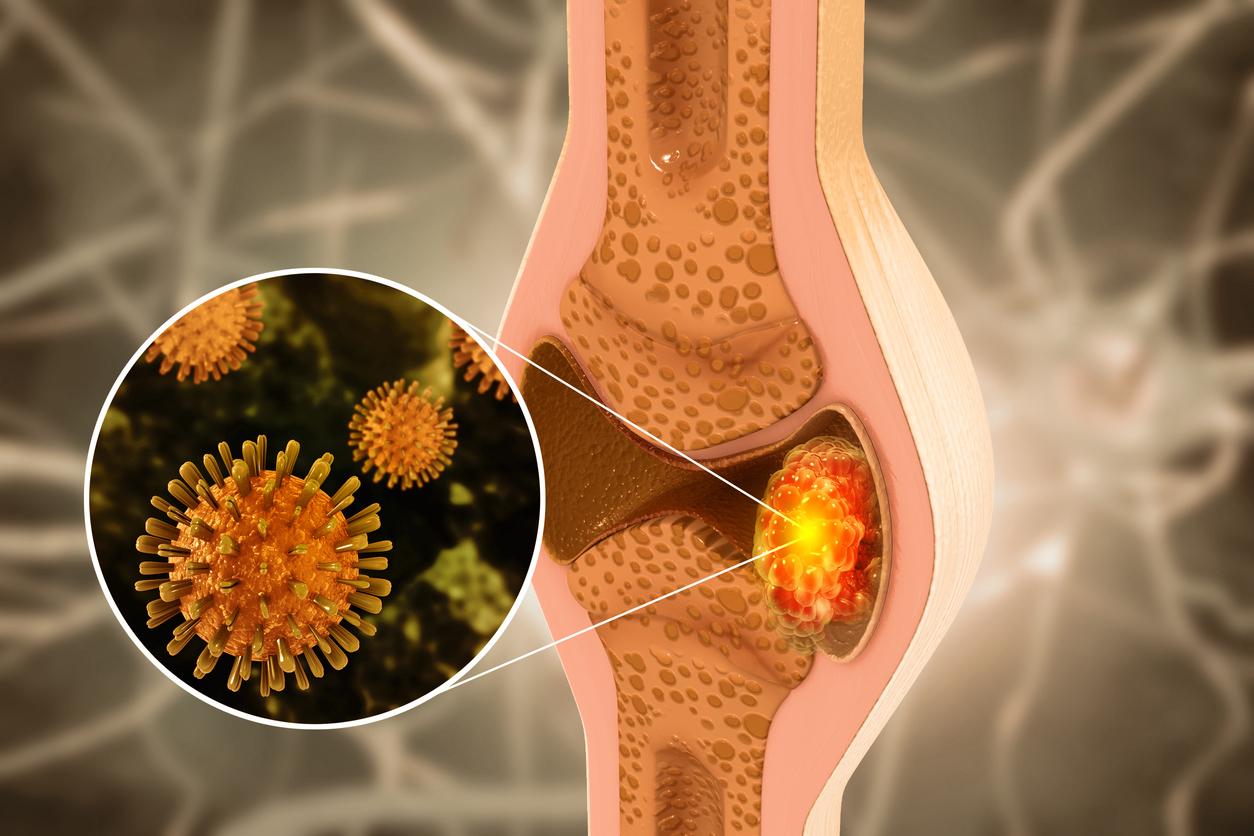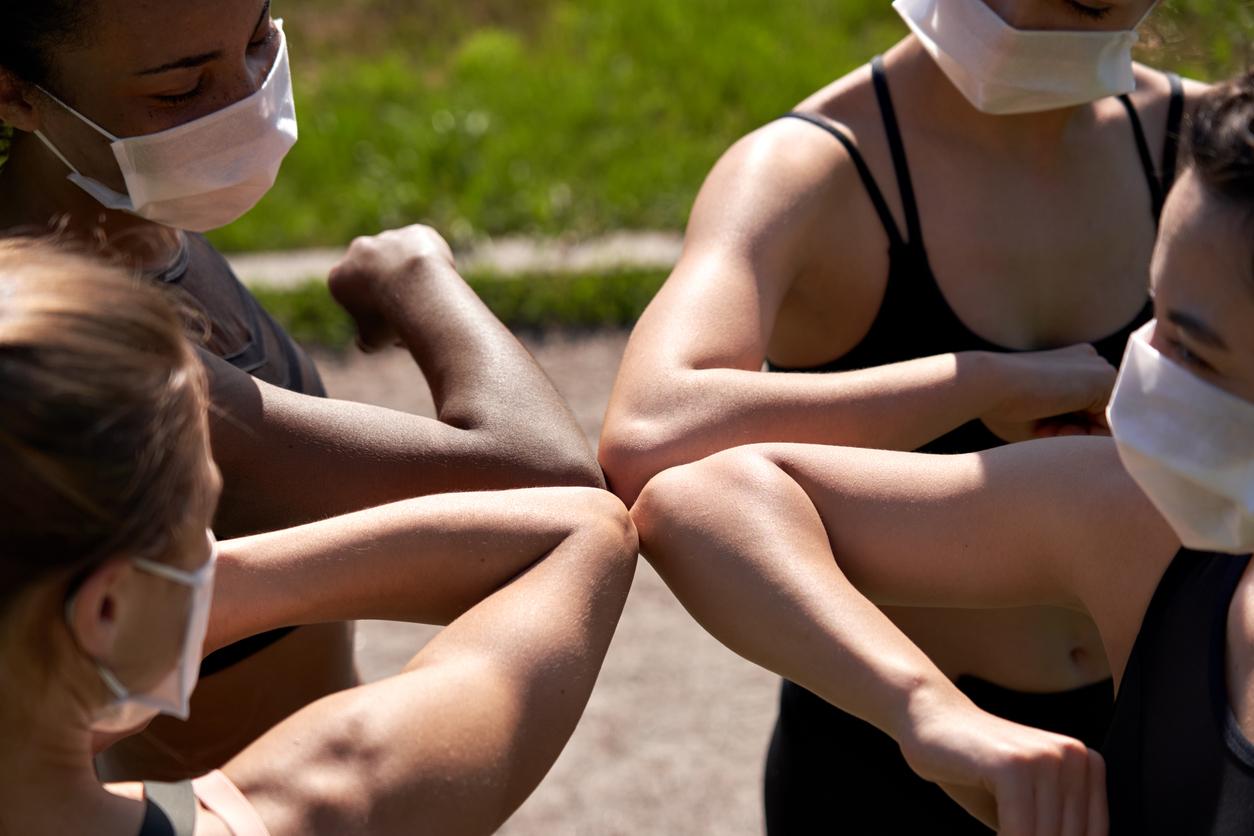- What does the bee look like?
- How to recognize a bee sting?
- Bee or wasp sting: what are the differences?
- What symptoms?
- What to do in case of a bee sting and how to deflate?
- Carpenter bee: what are the right gestures?
- Are bee stings on the face more serious?
- Allergy to bees: what to do?
- How to relieve a bee sting with natural remedies?
- Complications: what to do in case of infection?
- How to avoid stings?
What does the bee look like?
The bee is an insect about 12 mm long which is recognized by its hairy body with alternating yellow and black bands. It is easily distinguished from the wasp, which has a more elongated and smooth body. On the legs of the bee, we can see small baskets used to accumulate pollen.
How to recognize a bee sting?
Only the female bee has a sting to defend itself by injecting venom. In the bee, the sting is unhooked from the abdomen during the sting, which makes it particularly recognizable, because it often remains lodged in the skin.
Bee or wasp sting: what are the differences?
In the case of a wasp sting, we can’t find the sting planted in the stingbecause the latter is smoother than in the bee, which allows the insect to remove it without damage after stinging.
What symptoms?
A bee sting causes a swelling around the point of the sting, as well as theappearance of redness. The pain is sharp and occurs almost instantly after the sting, due to the venom present in the stinger. It may be accompanied by itching. Symptoms disappear within a few hours.
What to do in case of a bee sting and how to deflate?
The priority is to remove the sting that the bee left in the skin while stinging. It’s necessary scratch the stinger until it comes off and not using tweezers: you would pierce the venom sac, which would spread in greater quantity. Afterwards, disinfect the sting.
Carpenter bee: what are the right gestures?
As one of the largest bees in Europe, the carpenter bee causes particularly painful stings. The actions to adopt are the same as for the classic honey bee: remove the stinger, disinfect, and take an analgesic if the need arises. Then monitor the evolution to check that there is no allergic reaction.
Are bee stings on the face more serious?
Face bites are often more impressive, as the venom-induced swelling is greater. Indeed, the mucous membranes of the eyes or mouth are more sensitive to it. The concept of gravity intervenes especially in the event of allergy, because this swelling can go until obstructing the respiratory tracts.
Allergy to bees: what to do?
A bee sting allergy involvescall the emergency. Indeed, it can go as far as anaphylactic shock, which is a life-threatening emergency. In the meantime, the victim must be lying in the lateral safety position. If she has an auto-injectable adrenaline pen, perform the injection on the thigh.
How to relieve a bee sting with natural remedies?
A bee sting is painful. You can apply ice cubes to the bite to soothe pain and help with deflation.
Complications: what to do in case of infection?
If the bite becomes infected, you should go see a doctor, who will give you medication to treat the infection.
How to avoid stings?
Wear light colored clothes, which are less attractive to bees, and avoid the use of strong-scented creams. These last only sting when they feel attacked : do not disturb them when they are foraging, stay away from hives and avoid sudden movements when a bee is near you.
Sources:
Read also :
- Insect bites: what complications, what treatment?
- Spider bite: what to do?
- Jellyfish sting: what to do to relieve it quickly?
- Bumblebee sting: symptoms, how to relieve it?


















